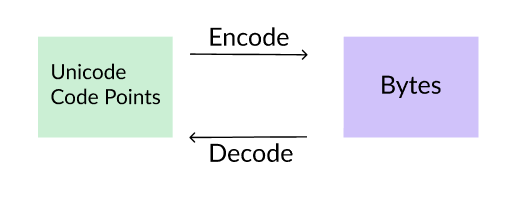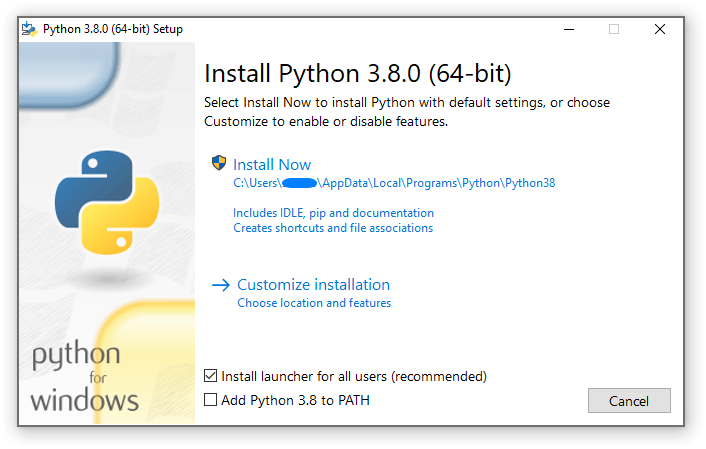

You can also create and write to a file in Python with fewer lines using the with keyword. Otherwise, your file may not get saved to disk. It's good practice to always close any file you open using the close() method. f.write( "Hello, world!")Įach line of text you "write()" will be terminated with an end-of-line character, so each additional string will be written in a new line. If it's successful, you can now write to the file using the write() method. When using the "x" parameter, you'll get an error if the file name you specified exists already.


To create a new file in Python and open it for editing, use the built-in open() function and specify the file name followed by the x parameter.


 0 kommentar(er)
0 kommentar(er)
